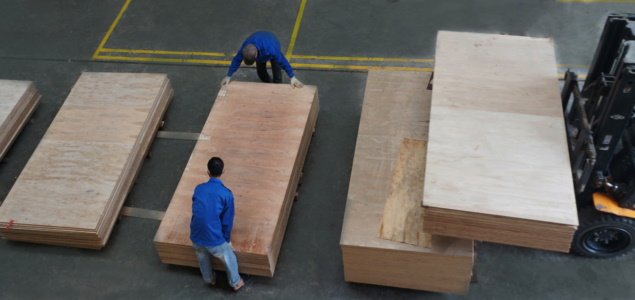Australia Timber’s ambitious mass timber projects have sparked interest and enthusiasm in the construction industry. With a growing demand for sustainable building materials, the spotlight is on the country’s ability to meet project demands while managing import challenges and supply chain disruptions. This article explores Australia’s capacity to handle its mass timber project demands and the impact of import dynamics and supply chain disruptions on industries like furniture.

Australia Timber’s Ability to Meet Mass Timber Project Demands:
Despite occasional imports of cross-laminated timber, glulam, and laminated veneer lumber, Australia timber boasts a robust domestic timber industry capable of fulfilling mass timber project demands without heavy reliance on imports.
This self-sufficiency ensures continuity in project execution and minimizes dependency on international markets.
Impact of Import Challenges:
Australia timber’s main seaport handles around 30% of timber imports, but recent disruptions in the Red Sea due to conflicts have led to potential delays and supply chain interruptions.
In response, shipments are being diverted around the Cape of Good Hope, bypassing the Suez Canal.
While this alternative route ensures continued supply, it poses logistical challenges and increases freight expenses, impacting industries reliant on imported timber.
Implications for Industries like Furniture:
Industries like furniture, heavily reliant on imported timber, are feeling the repercussions of supply chain disruptions.
Shortages in supply and higher freight expenses are affecting production schedules and operational costs.
To mitigate these challenges, stakeholders must explore alternative sourcing strategies, diversify supply chains, and implement contingency plans to ensure resilience in the face of disruptions.
Navigating Forward:
As Australia navigates its mass timber projects and adapts to import challenges and supply chain disruptions, collaboration between industry stakeholders, government bodies, and logistics partners becomes paramount.
Proactive measures such as investment in domestic timber production, enhancing port infrastructure, and exploring alternative shipping routes can bolster Australia’s resilience and sustainability in meeting mass timber project demands while mitigating the impact of import dynamics and supply chain disruptions.
Australia’s journey in managing its mass timber project demands amidst import challenges and supply chain disruptions highlights the need for strategic planning, collaboration, and resilience across industries.
By leveraging domestic resources, diversifying supply chains, and implementing proactive measures, Australia can navigate the complexities of the global timber trade landscape while ensuring sustainable growth and resilience in its construction and furniture industries.
Source: Timber.exchange




